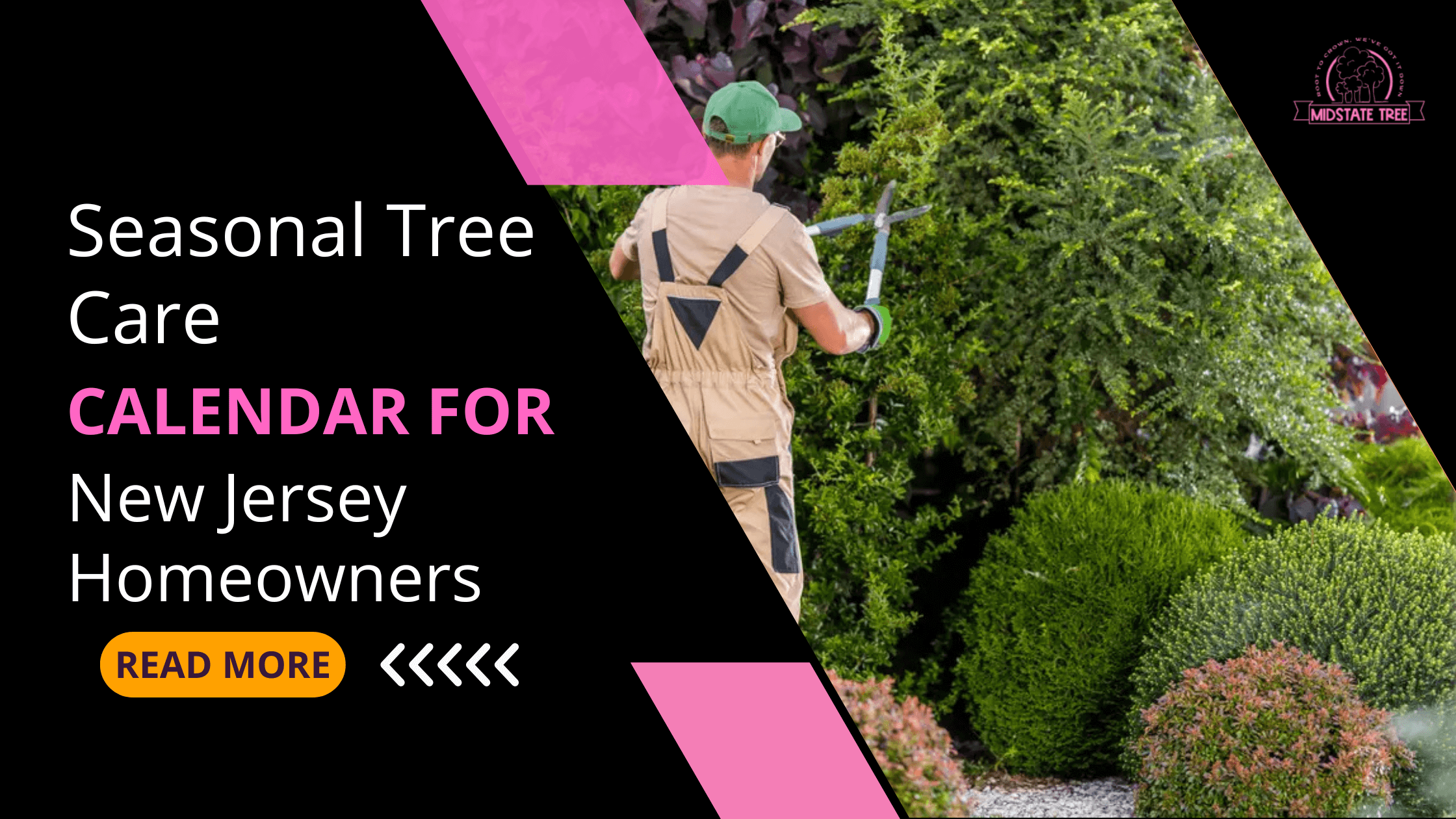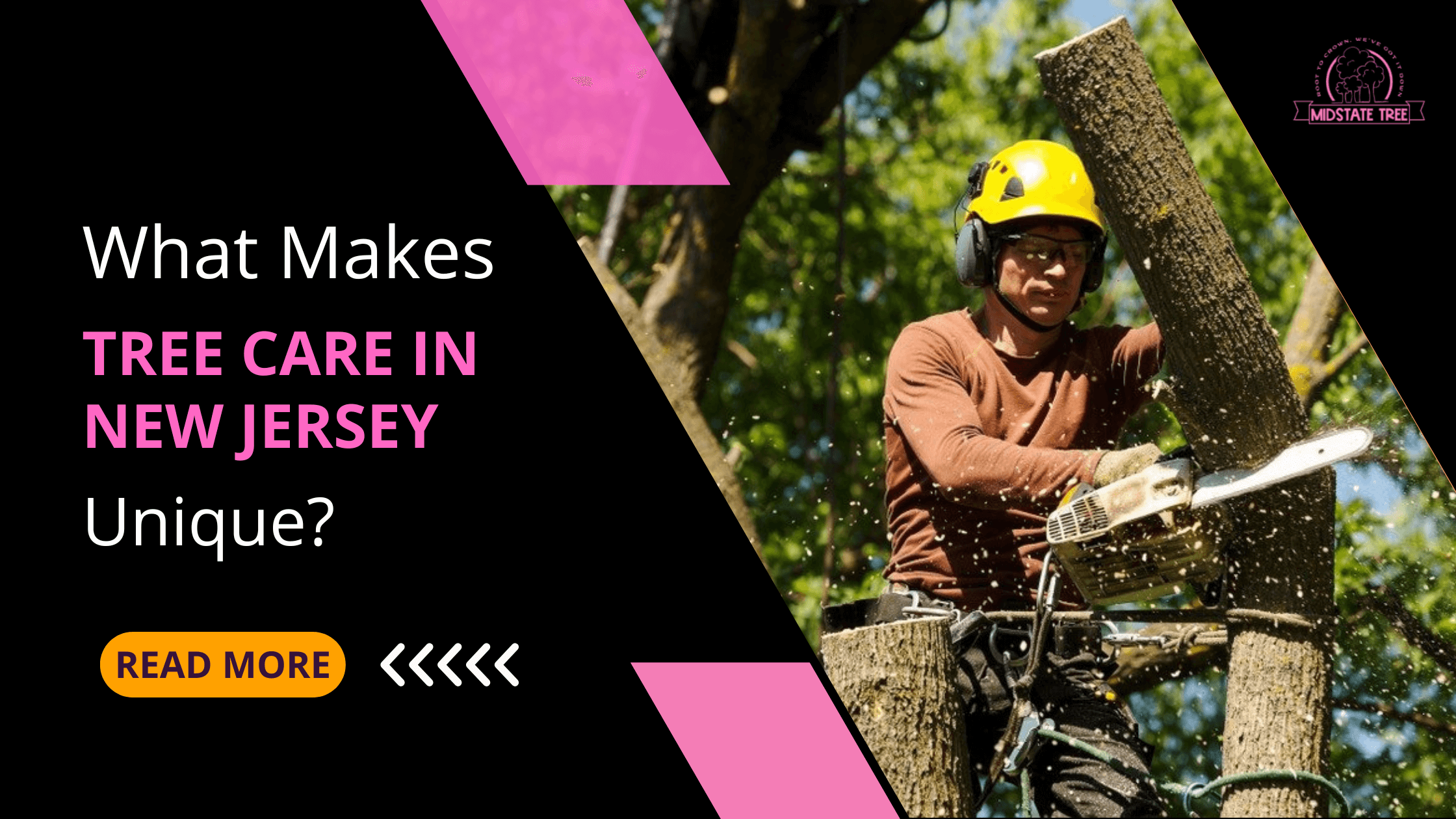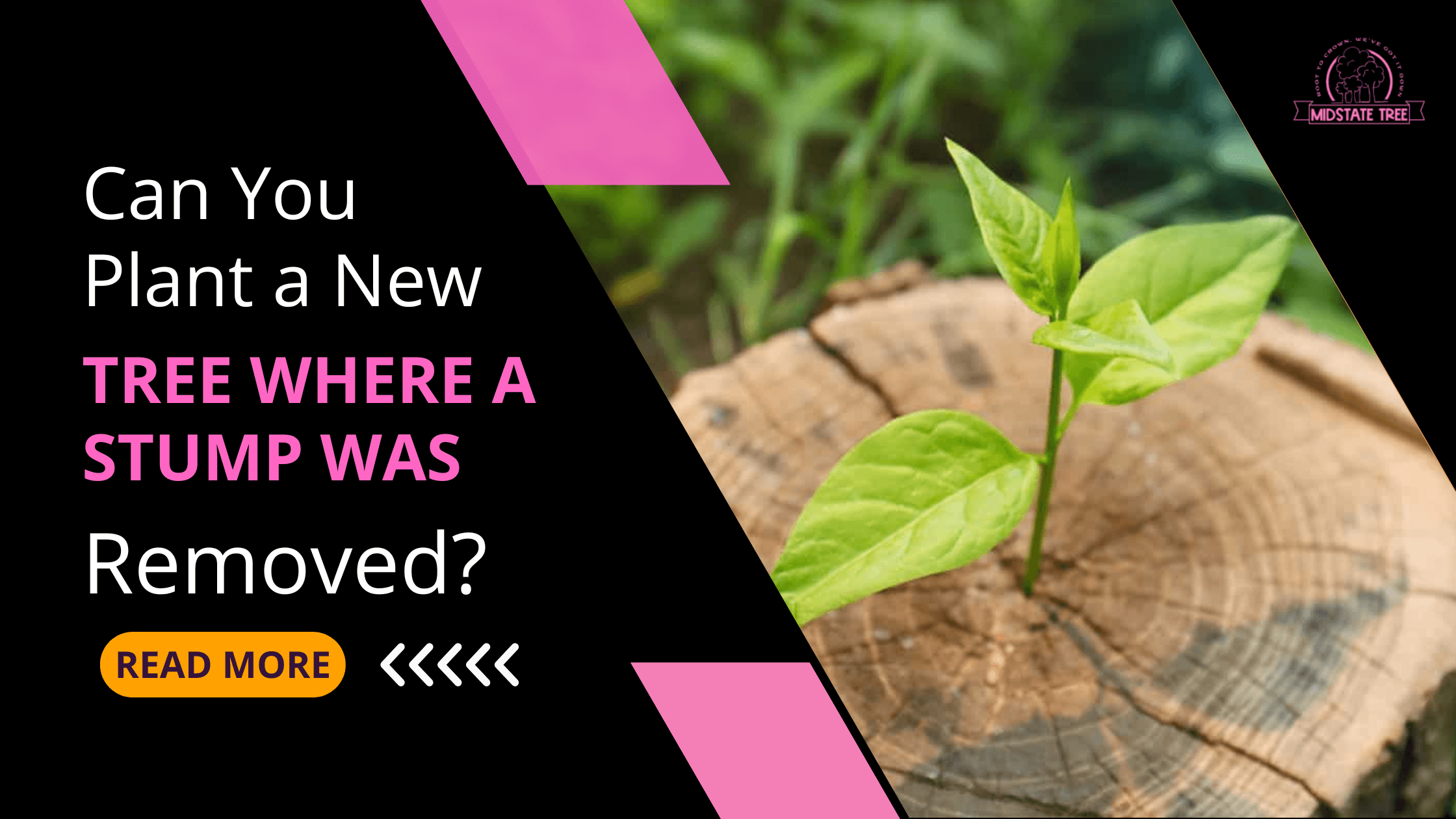Not sure if your fallen tree needs emergency service or can wait for regular removal? Here’s the simple answer:
If the tree is touching your house, blocking a driveway, tangled in power lines, or about to fall, it’s an emergency. Everything else—like a dead tree far from your home—is usually a standard job. Timing, insurance, and cost vary a lot between the two.
TL;DR: Fast Tree Removal Guide
Emergency tree removal is for sudden, dangerous situations—think storm damage or split trunks.
Standard tree removal is scheduled, non-urgent, and usually for things like dead trees or yard upgrades.
Call Midstate Tree 24/7 if there’s danger. We serve Hunterdon and Warren Counties and nearby parts of Central NJ.
📞 Emergency? Call us now: (908) 283-5755
What Counts as Emergency Tree Removal?
When a tree becomes immediately dangerous to people, property, or access, it’s considered an emergency. This isn’t just about a fallen limb or a tree looking rough—it’s about urgent safety hazards that need action now, not next week.
In New Jersey, especially in areas like Warren and Hunterdon counties, we often see these situations after major weather events—Nor’easters, tropical storms, ice storms, and microbursts. These storms put enormous stress on trees, especially older ones, and can lead to failure you don’t see coming.
How to Know It’s an Emergency (With Examples)
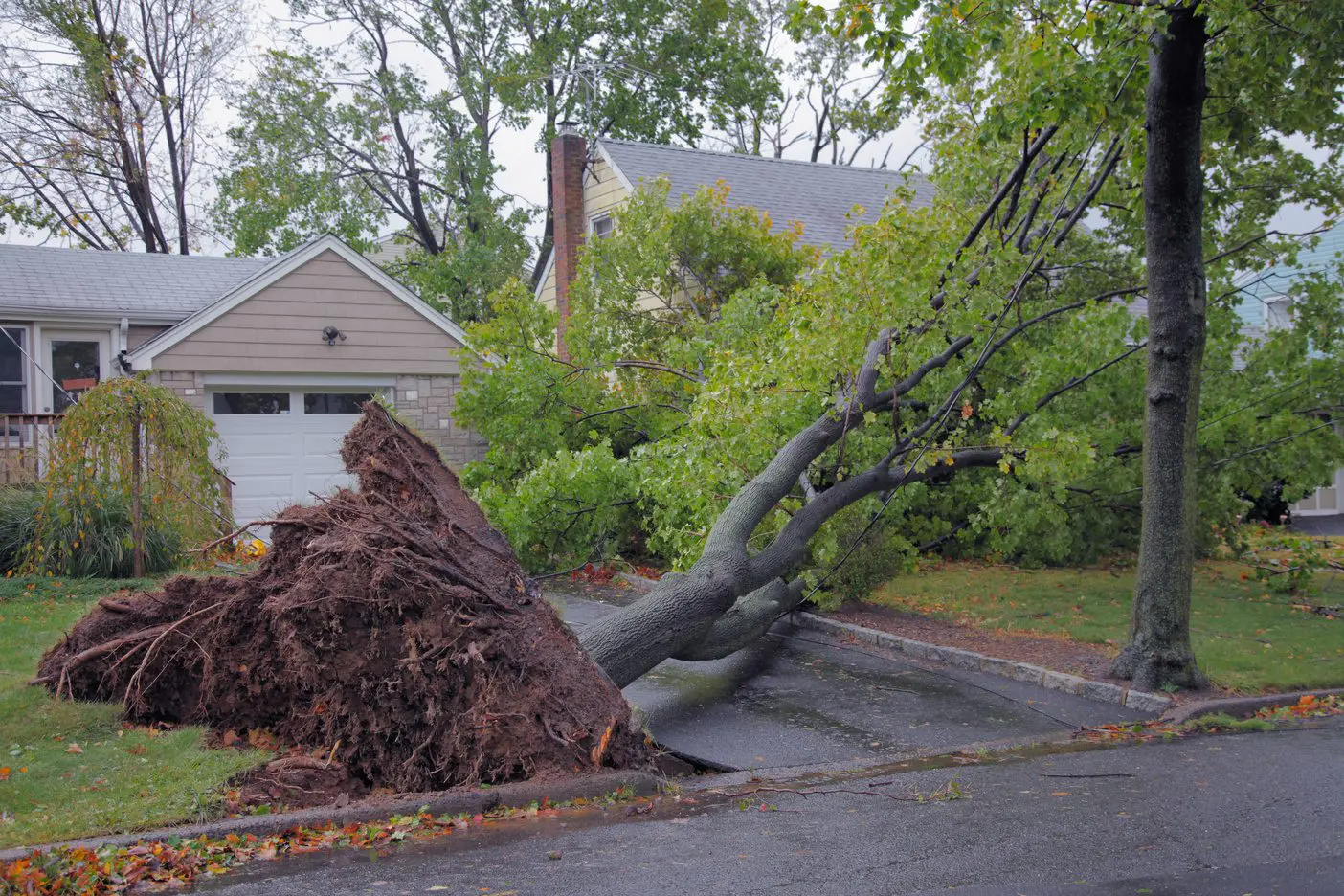
Let’s break down common signs and what they really mean:
1. The Tree Is Leaning Suddenly or Split at the Trunk
A tree that starts leaning more than 15–20 degrees after a storm, especially if it wasn’t like that before, is a major red flag. That lean often means the root plate is compromised—roots may have heaved, or the soil anchoring the tree is loosened.
Even worse is when the main trunk has a vertical crack or split. This often means the tree has lost its structural core—what arborists call the central leader. At that point, the tree may fail completely, often without warning.
Example: After Hurricane Ida 2021, we were called to a property in Phillipsburg where a red oak had split right down the middle. One side had already fallen onto the driveway; the other half was swaying, held by just a few fibers. That’s textbook emergency.
2. Large Limbs or the Whole Tree Has Fallen on a Structure
If a branch or full tree has landed on your:
House or roof
Garage or shed
Fence
Vehicle
Pool or patio
…it’s absolutely an emergency. Not only is there already property damage, but shifting wood can cause further collapse.
In these cases, we often use cranes or mechanical rigging to safely remove the tree without causing more destruction. Insurance will often cover these removals under Coverage A (dwelling) or Coverage B (other structures).
3. The Tree Is Blocking Access (Driveway, Private Road, Emergency Route)
If a tree falls and blocks your driveway, a shared road, or access to your garage, it’s not just inconvenient—it can stop first responders or make it impossible to evacuate during an emergency.
Even if the tree isn’t touching your home, if it blocks ingress or egress, most insurance carriers treat that as an emergency. This is especially common in wooded neighborhoods or properties with long, single-lane driveways.
Example: After a strong Nor’easter, we helped a client in Clinton whose 50-ft pine fell across their only access road. The tree wasn’t touching structures, but fire code required that road stay open. We cleared it within two hours.
4. Tree or Limbs Are Touching or Suspended Near Power Lines
This is one of the most dangerous—and most misunderstood—scenarios.
If a branch or tree is hanging near or on utility lines, it’s critical to stay away and call the power company first. Many homeowners don’t realize these are energized even if the line looks “dead.” Arcing electricity can travel through the tree, ground, or even metal fencing nearby.
Once the utility company de-energizes the lines, we can begin safe removal using non-conductive gear, insulated poles, and trained climbers. Never try to handle these situations on your own.
5. Root Plate Uplift or Ground Cracking Around the Base
After a storm, walk around your trees and look at the base. If you see the ground cracked, or the root plate (where trunk meets soil) has shifted or lifted, the tree may be in the early stages of windthrow.
This is when a tree’s root system is weakened, often from saturated soil, poor anchorage, or high winds. Sometimes the tree stays upright…for a while. But it could fall days later, especially after a second round of wind or rain.
Pro tip: Check for mushrooms or fungal growth near the base. That’s often a sign of internal rot—making failure even more likely.
6. Audible Signs: Creaking, Cracking, or Swaying
Trees sometimes “talk” before they fall. You may hear:
Creaking or groaning sounds from the trunk
Cracking or popping of limbs high up
Increased sway compared to nearby trees
These are warning signs of mechanical failure in the tree’s structure—what arborists call a load-bearing defect. Trees under strain can fail with no wind at all, especially if there’s internal decay.
In these cases, we often deploy a TRAQ-certified arborist (Tree Risk Assessment Qualified) to determine if removal is necessary—or if temporary cabling or bracing can help.
When in Doubt—Don’t Wait
One of the most common things we hear is, “I didn’t think it was that bad… until it came down.”
Storm-damaged trees often appear stable even when they’re internally compromised. Just because the trunk didn’t snap during the storm doesn’t mean it won’t fail next week—or tomorrow.
If you’re unsure, it’s always better to have it professionally inspected. Our crews respond 24/7 in Central NJ, and we’ll let you know honestly if it’s urgent or if it can wait.
📞 Emergency line: (908) 283-5755 — or Request a Free Quote
What’s Not an Emergency?
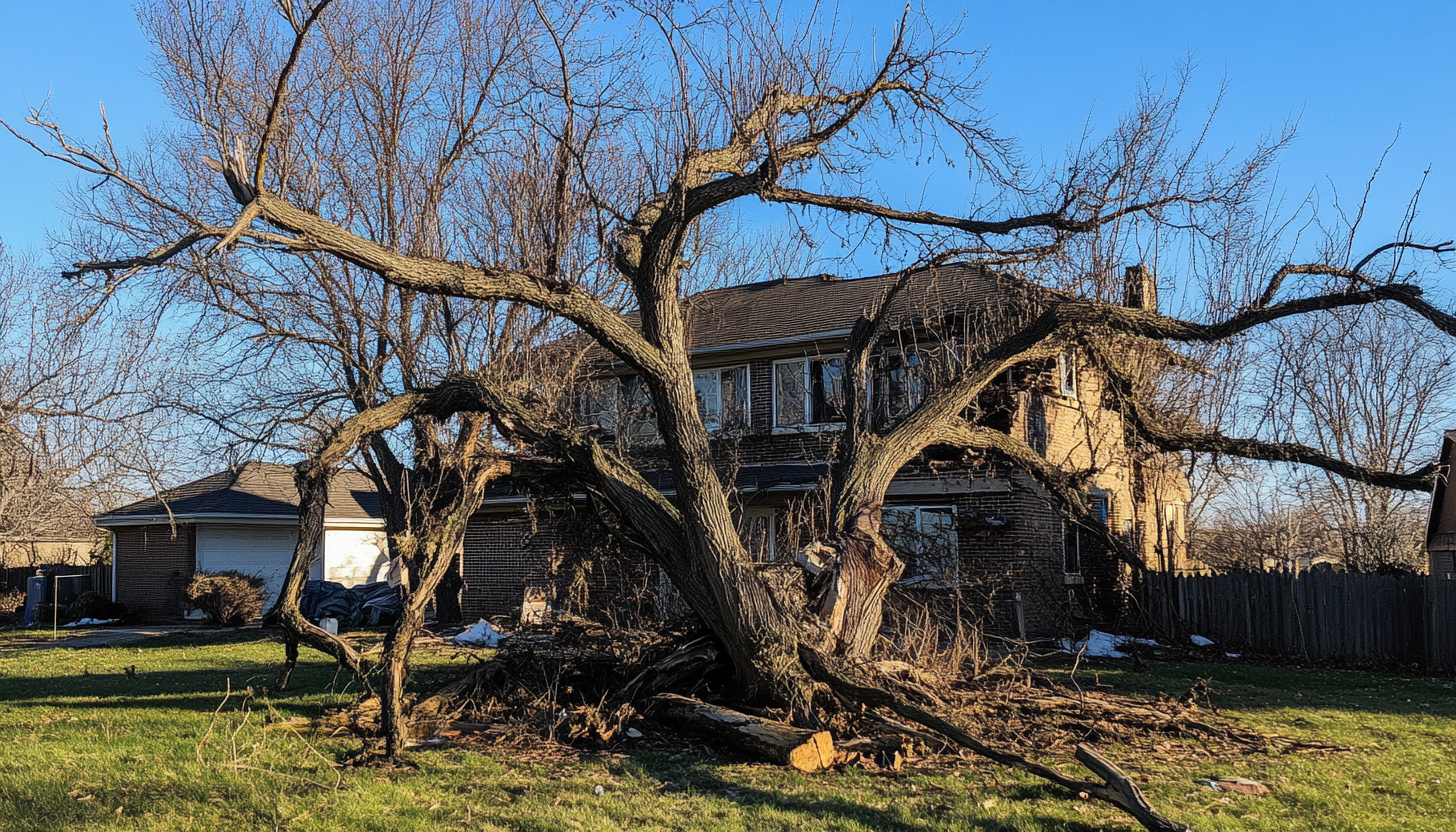
Some tree problems may look scary but don’t require urgent removal:
A dead tree standing upright away from buildings
Mild leaning in older trees with no recent movement
Trees causing shade, mess, or crowding but not posing danger
Overgrowth or root damage without active failure
These fall into the “standard removal” category, where we inspect, plan, and remove safely on your schedule.
Standard Tree Removal: When & Why
Not all tree removals need to happen right away. In fact, most jobs we handle are planned weeks ahead. Reasons include:
Tree is dead, dying, or diseased
Roots lifting sidewalks or driveways
Overcrowded planting causing stress
Tree too close to home foundations
Landscape redesign or construction
Standard removal allows time for permits, site prep, and choosing the best removal technique—whether we climb, use a bucket truck, or bring in a crane.
How NJ Storms Cause Emergencies
Living in New Jersey means dealing with all kinds of wild weather. Each storm type causes different damage patterns:
Nor’easters: Heavy snow or ice that breaks limbs from stress
Hurricanes: Wind uproots large trees or splits them at the trunk
Microbursts/Derechos: Sudden gusts topple multiple trees in seconds
Ice storms: Coated limbs snap from weight—especially maples & pines
That’s why Midstate Tree keeps teams on-call 24/7 during storm season. We act fast, stabilize scenes, and work with insurance directly.
Will Insurance Cover Emergency Tree Removal?
Whether or not your homeowner’s insurance covers emergency tree removal depends on two key things:
Where the tree landed
Why it fell in the first place
Insurance companies don’t automatically pay just because a tree fell on your property. The context matters a lot—and so do the exact words in your policy.
When Insurance Typically Covers Emergency Tree Removal
Insurance kicks in when a fallen tree causes direct damage to insured property or obstructs necessary access for safety.
Here are common covered scenarios:
1. Tree Damages a Covered Structure
If a tree falls onto your house, garage, shed, or fence—most standard homeowner’s policies will cover both the removal of the tree and the repair of whatever it damaged. This falls under:
Coverage A (Dwelling) for the house
Coverage B (Other Structures) for garages, fences, decks, etc.
2. Tree Blocks Driveway or Emergency Vehicle Access
Even if no structure is hit, many policies will still pay if the tree:
Blocks your driveway
Prevents access for fire trucks, ambulances, or utility crews
Is embedded in or obstructing public right-of-way (some towns require removal ASAP)
In these cases, carriers may cover debris removal, even without structural damage.
Check out more about whether the insurance covers the tree removal or not.
3. Tree Must Be Removed to Fix Covered Damage
Sometimes the tree didn’t cause damage itself—but it’s in the way of fixing something that is covered. For example:
A limb is pinning down part of a damaged roof
The tree has to be cleared before a plumber or roofer can start
This is often approved as “accessory debris removal”, especially if it’s documented by a licensed tree service and required to restore the property.
Emergency vs. Standard Tree Removal Pricing: What to Expect
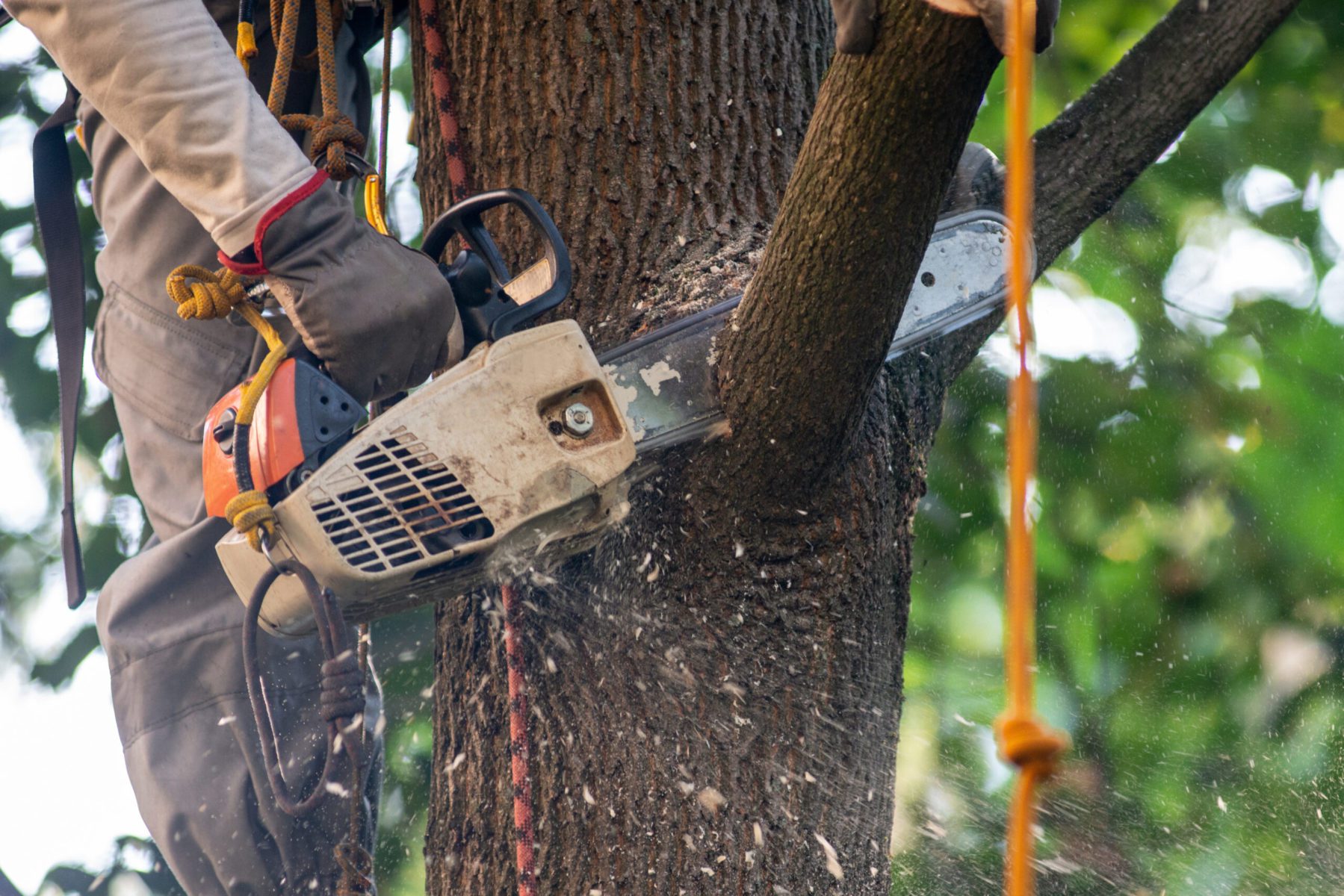
Tree removal isn’t a one-price-fits-all service. In fact, pricing can vary dramatically based on urgency, risk level, location, and equipment required.
If you’re comparing emergency vs. standard tree removal, the difference often comes down to one thing: time sensitivity. Emergency tree work is about safety first, speed second—and both come at a premium.
Here’s a breakdown of what you’re really paying for, and how to tell if your situation might affect the final cost.
Emergency Tree Removal Pricing
Emergency tree removal is usually required immediately after a storm, at night, or when a tree poses an active threat to safety, property, or public access. These calls often come during bad weather or in unpredictable conditions.
Emergency removals cost more—here’s why:
1. Crew Mobilization at Off-Hours
Getting a full team on-site at 2:00 AM after a Nor’easter isn’t easy.
You’re paying for overtime, readiness, and the fact that trained, licensed professionals are willing to respond right now.
- Midstate Tree runs a 24/7 dispatch model with rotating on-call crews.
- Emergency rates include the cost of mobilizing climbers, operators, ground techs, and sometimes flaggers or traffic control coordinators.
2. Hazard Conditions & Risk Premium
When a tree is resting on a power line, tangled in a roof, or hanging by a splinter over your garage, every cut becomes high-stakes.
We deal with:
- Unstable loads (called “compression-bound wood” or “tension wood”)
- Split trunks, where wood can shear under its own weight
- Rotten bases that collapse without warning
These jobs require:
- Advanced rigging
- ISA-certified climbers
- Compliance with ANSI Z133 and OSHA 1910 safety standards
You’re not just paying for labor—you’re paying for precision under pressure.
3. Heavy Equipment & Specialized Gear
Emergency removals often require:
- Cranes (30–70 ton or higher)
- Bucket trucks or aerial lifts
- Custom rigging kits
- Load-rated slings, ropes, and pull lines
Mobilizing this gear fast is expensive. Cranes alone may cost $250–$400 per hour with a 3–4 hour minimum.
4. Permit Coordination & Utility Clearance
In emergencies that involve:
- Public roads
- Sidewalk encroachments
- Power, phone, or cable lines
We often must coordinate with:
- PSE&G or JCP&L
- Municipal engineering or zoning departments
- Local police for road blocking or flagging
That adds administrative time, paperwork, and legal compliance costs.
5. Insurance & Documentation Support
If your emergency job is going to be filed through insurance, the paperwork burden falls partly on us.
We provide:
- Photo documentation
- Line-item estimates
- Scope-of-loss breakdowns
- Hazard assessments
- Communication with claims adjusters
These services are factored into the final cost—but can help you recover most or all of it from your insurer.
Typical Range for Emergency Tree Removal in NJ:
Depending on tree size, access, and damage:
- $950 – $2,500+ for a single tree
- $3,000 – $10,000+ if crane access, power lines, or structural collapse involved
- Prices vary during regional storm surges (e.g. after Hurricane Sandy or Ida)
At Midstate Tree, we never storm-gouge—our pricing stays consistent, and we prioritize ethics over opportunity.
Standard Tree Removal Pricing
Standard (non-emergency) tree removals are pre-scheduled jobs where there’s no immediate danger. These are typically based on:
- Tree health (dead, diseased, or declining)
- Property changes (new construction, landscape redesign)
- Preventative risk reduction (removing leaning or overhanging trees before storm season)
Here’s what affects the cost:
1. Tree Size, Species, and Condition
- Small ornamental trees (e.g. dogwoods, cherry): lower cost
- Large hardwoods (e.g. oak, hickory, maple): more labor and disposal
- Hollow or decayed trees may seem easier—but can be more dangerous to rig
2. Accessibility
A tree near the road is much easier than one:
- Behind a fence
- On a steep slope
- Close to power lines
- Above structures like pools, sheds, or propane tanks
Complex removals need climbers, roped rigging, or a crane assist—all of which increase cost.
3. Disposal & Cleanup
We often include:
- Full branch and log removal
- Chipping on-site
- Stump grinding (optional)
- Raking, sweeping, and light grading of the disturbed area
Some companies leave wood behind or charge extra for haul-off. We’ll specify this clearly in your estimate.
4. Permitting and Municipal Requirements
Some NJ towns require:
- Tree removal permits for trees over a certain diameter
- Replanting plans
- Arborist letters for HOA approval
We handle all this at no extra cost—but it may slow down scheduling.
Typical Range for Standard Tree Removal in NJ:
- Small trees (under 30 ft): $350 – $850
- Medium trees (30–60 ft): $850 – $1,800
- Large trees (60–100 ft): $1,800 – $3,500+
- With crane/stump grinding: Add $300–$1,000+
We offer free on-site estimates, and pricing is based on a flat rate or time-and-material system, depending on complexity.
Our Transparent Pricing Promise
Whether it’s a middle-of-the-night emergency or a planned removal for next month, our approach stays the same:
- No hidden fees
- No gouging after storms
- Line-by-line estimates before work begins
- Honest advice on what’s urgent vs. what can wait
Our team is fully licensed (NJTC#939369), insured, and backed by years of storm response experience across Warren, Hunterdon, and surrounding counties.
📞 Call us anytime: (908) 283-5755
📍 Based in Washington, NJ | Serving Central NJ | Open 24/7
💬 Need a quote? Request one here
Is This an Emergency? Use This Checklist
- Tree is on your house or garage
- Tree is blocking your driveway
- Tree is tangled in wires or power lines
- Tree is split or leaning more after a storm
- You feel unsafe waiting
How to Prevent the Next Emergency
A little tree care today prevents big disasters tomorrow. Ask us about:
Tree risk assessments (TRAQ)
Regular deadwood pruning
Cabling or bracing to reduce storm damage
Healthy soil and root care
Tree trimming before storm season
We’ll evaluate your trees and catch problems early—before they fall.
How Midstate Handles Emergency Tree Removal Calls: Step-by-Step
When a tree falls in the middle of the night or starts leaning after a storm, you’re probably not thinking about paperwork—you just want someone to show up fast and stop the danger.
At Midstate Tree, we’ve developed a proven emergency response system designed for high-risk situations. From the moment you call, our process is focused on speed, safety, documentation, and full transparency.
Here’s how we handle emergency calls, from first contact to final cleanup.
Step 1: Emergency Triage Over the Phone
Timeframe: Immediate
When you call our 24/7 line — (908) 283-5755 — you’re not routed to a call center or answering machine. You speak with a trained team member who knows how to quickly assess your situation.
We’ll ask questions like:
- Is the tree currently touching your house, power lines, or vehicles?
- Is anyone injured or at risk?
- Is the tree split, leaning, or moving?
- Is emergency access blocked (driveway, private road)?
- Are power lines involved? (We coordinate with utilities.)
This call serves as our triage protocol, helping us prioritize life-threatening or access-blocking cases first. We log every detail into our dispatch system to track response time, risk level, and insurance status.
Step 2: Rapid Response Dispatch
Timeframe:
- 1–2 hours for most Central NJ emergencies
- 2–6 hours during major storm surges or declared disasters
Once triaged, we dispatch the right crew based on your situation:
- ISA Certified Arborist for on-site evaluation
- Crane operators or climbers for high-angle or rooftop jobs
- Ground crew with chainsaws, rigging gear, and chippers
- Traffic control techs, if roads or sidewalks are involved
We load our trucks with equipment specific to hazard mitigation, including:
- Climbing gear & ropes
- High-powered saws
- Load-rated rigging systems
- Stabilization wedges
- Safety mats and traffic signage
Step 3: Scene Stabilization and Hazard Assessment
Timeframe: Begins immediately on arrival (0–30 min)
When we arrive, we perform a scene walkthrough—this is where we document the hazard and begin stabilization.
We assess:
- Load path (which way the tree may fall next)
- Structural cracks, hanging limbs, or tension-bound wood
- Roof penetration or crushed supports
- Proximity to utilities (power, telecom, gas lines)
If the situation is too unstable for full removal, we first stabilize the scene:
- Remove pressure limbs (“snapped but hung” branches)
- Use braces or rigging to support leaning trees
- Temporarily tarp damaged areas (in case of roof punctures)
- Mark and block danger zones for pedestrian or vehicle safety
This is the hazard mitigation phase—designed to stop further damage or risk before the full removal begins.
Step 4: Full Documentation for Insurance Claims
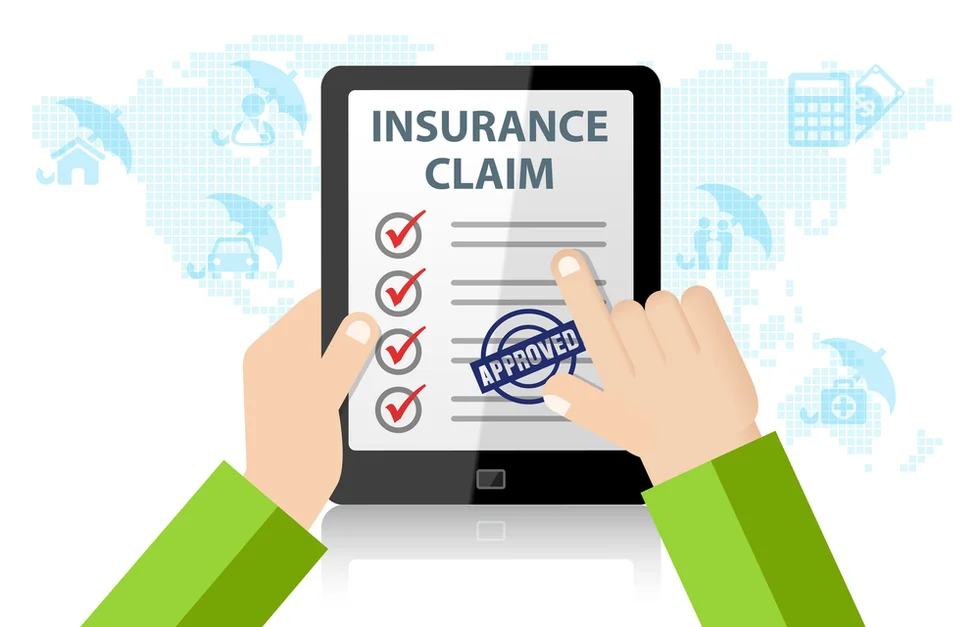
Timeframe: While stabilization is underway (simultaneous task)
We provide:
- Photo and video documentation (before, during, after)
- Notes on cause of loss (storm damage, root plate failure, windthrow, etc.)
- Tree measurements and condition prior to failure
- Insurance-ready invoice with breakdown of emergency labor vs. cleanup
This documentation is essential if you’re filing under Coverage A (dwelling), Coverage B (other structures), or debris removal allowance. Most insurers require a written justification for any emergency removal.
Step 5: Safe Tree Removal with Advanced Rigging or Crane
Timeframe: 1–4+ hours depending on complexity
Now comes the heavy lifting—literally.
We remove the hazard using:
- Roped rigging systems for trees over houses
- Aerial lifts or bucket trucks for height-restricted access
- Cranes (if weight exceeds safe removal thresholds or tree is unsafe to climb)
In high-risk jobs, we use spotters, load distribution mats, and precision-cutting techniques to reduce shock-load during removal. All this ensures no secondary damage to your home or landscape.
We call this the controlled dismantling phase.
Step 6: Cleanup, Liability Release, and Optional Restoration
Timeframe: 1–2 hours after removal (varies)
Once the tree is down:
- We clear major debris
- Haul off logs and branches using dump trailers or chipper trucks
- Provide stump grinding if requested or required for replanting
- Sweep or rake the site for post-removal safety
- Confirm that the job area is safe and stabilized
If your insurance requires it, we provide a Client Liability Release—this states the emergency hazard was removed responsibly, protecting you from future claims.
You’ll also receive:
- A copy of your invoice
- All photos/videos
- Contact info for your assigned insurance liaison
Why Our Process Stands Out
- 1–2 Hour Response Times in Warren, Hunterdon & nearby counties
- On-call ISA Certified Arborists for technical removals
- 24/7 storm tracking and real-time GPS dispatch
- Crane-equipped teams for large or inaccessible jobs
- Full support for insurance claims & adjuster documentation
- Safe, licensed, and insured under NJTC#939369
We don’t just “cut down trees”—we handle emergencies like professionals who understand risk, liability, and your peace of mind.
FAQs
What qualifies as an emergency tree?
Trees that are dangerous, unstable, or causing property damage after storms.
Will my insurance pay for removal?
Yes—if it hit your house, car, or blocks emergency access.
Can you come same-day?
Yes, we offer same-day emergency tree removal in most cases.
Do you handle trees touching power lines?
We coordinate with the utility—call us and your electric company.
Can you bill insurance directly?
Yes, and we provide full documentation.
Why Choose Midstate Tree?
Serving Warren & Hunterdon Counties
24/7 Emergency Tree Service
Fully licensed (NJTC#939369) & insured
ISA Certified Arborists on staff
Local storm experts: Nor’easters, hurricanes, and ice events
Fair pricing. Fast response. No nonsense.
📞 Reach us anytime at (908) 283-5755
📍 Visit us at: 222 NJ-31, Washington, NJ 07882
🕒 Open: 24 hours, every day


